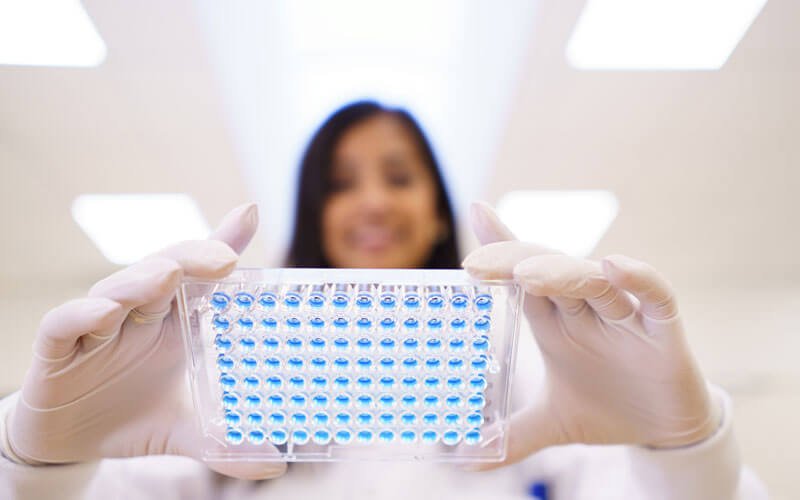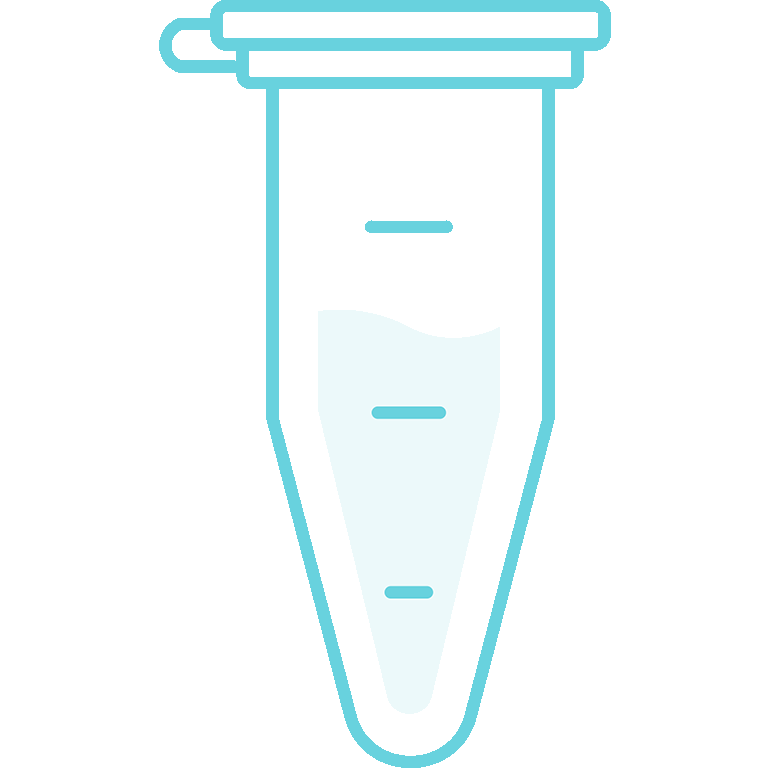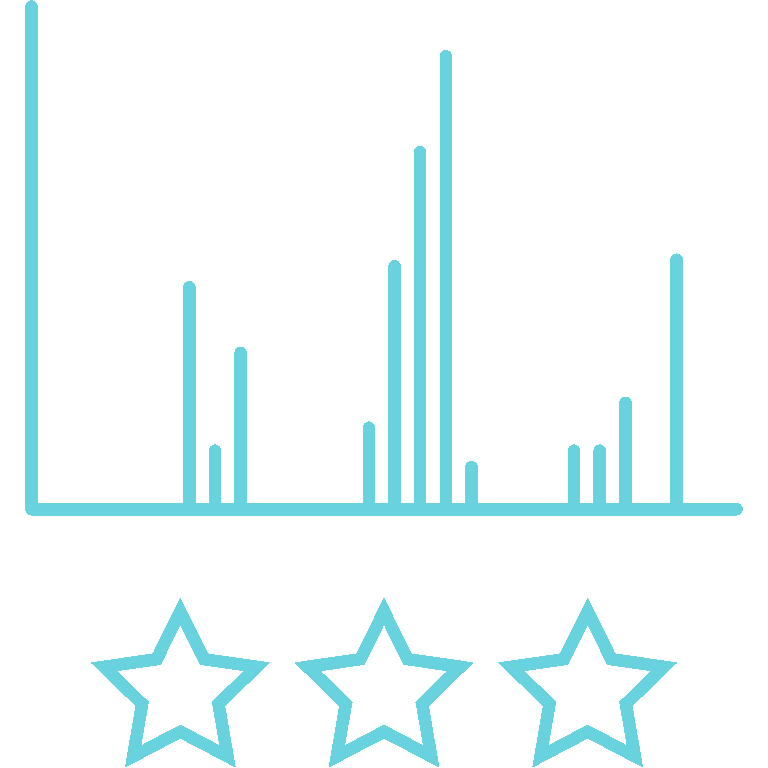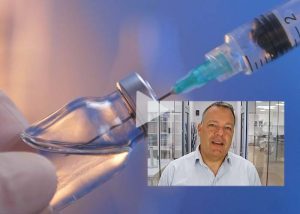Accelerated stability and forced degradation studies
Regulatory authorities require that the stability of drug substances and how they degrade under stress conditions be thoroughly investigated to ensure biologics' quality, safety, and efficacy. Accelerated stability and forced degradation studies mimic how drug products perform under similar conditions during manufacture, handling, storage, shipping, and use.
We can help you pair accelerated stability and forced degradation studies with product characterization by mass spectrometry (LC-MS). This combo provides an identification of product-related variants and an in-depth understanding of the biochemical and biophysical properties of the drug, its major degradation pathways, degradation protein forms, and labile sites.
Rest assured that LC-MS can assist at every stage of the product development and manufacturing process, from drug candidate selection and stability assay development to thoroughly and accurately documenting the stability of your drug for evaluation by regulatory authorities.
How our LC-MS-supported accelerated stability and forced degradation studies can help your progress:
Process development and manufacturing
Advance development of manufacturing by incorporating LC-MS in the analysis of process intermediates and in process intermediate hold time studies and to identify stability indicating methods
Protein characterization and batch comparison
Identify primary degradation protein forms and degradation pathways. Evaluate manu-facturing process consistency, optimize production and storage, or establish comparability after process changes
Critical Quality Attribute assessment
Obtain data describing the effects of manufacturing process parameters and stability conditions on product quality to support Critical Quality Attribute (CQA) risk rankings and refinement
Accelerated stability and forced degradation studies are critical to the development and regulatory approval of new biologics.
These studies are helpful for early-stage molecule design and candidate selection, manufacturability evaluation, and formulation development. Furthermore, they can facilitate degradation monitoring, device compatibility tests, and manufacturing comparability assessments before and after market approval. Changes to the formulation, packaging, or product use may also require additional stability testing of a previously described drug substance.
Supplementing the accelerated stability and forced degradation experiments with LC-MS analysis is particularly useful for evaluating product performance and the impact of drug substance and process parameters on product quality. Most of our clients use forced degradation studies multiple times during the product lifecycle to determine degradation pathways of candidate molecules during the clinical phases from IND to Phase III.
Protein-based medicines and vaccines are particularly susceptible to chemical degradation and physical instability, potentially resulting in aggregation or loss of potency. Drug product stability depends on environmental factors (ambient temperature, humidity, and light) and product-related factors (the biochemical and biophysical properties of the active pharmaceutical ingredients and excipients).
The ICH guidelines recommend stress-testing biologics to identify and characterize likely degradation products and to establish degradation pathways and the intrinsic stability of the molecule. Accelerated stability and forced degradation studies supported by LC-MS comply with regulatory requirements and may speed up getting a biologic on the market while ensuring the quality, safety, and efficacy of the drug product.
You can use stability and degradation studies to determine the proposed shelf life and expiration date of new drug substances and/or drug products. Furthermore, the studies highlight the influence of environmental factors, which you can use to determine the optimal transportation and storage conditions. Finally, you can use the results to validate which specific test parameters are best for monitoring product stability to ensure overall quality.
Stability-indicating methods (SIMs) are quantitative analytical procedures used to measure concentration decreases of a drug substance over time due to degradation. According to regulatory authority guidelines, SIMs must be validated for linearity, accuracy, precision, specificity, quantitation limit, detection limit, ruggedness, and robustness.
Various HPLC-UV methods are the most used SIM for impurity quantification. However, compounds with similar molecular weights often exhibit similar UV profiles, which means the drug peak in the HPLC readout may hide peaks from impurities or degradants that co-elute with the drug.
To determine the suitability of the SIM, you can use LC-MS peak purity analysis to demonstrate the spectral peak's homogeneity. If the analysis shows that the peak is heterogeneous, we can help you optimize the HPLC array for separating closely eluting peaks to reveal impurities or degradants of concern.
Curious to know more?

Whatever challenge or question you may have, we are here to help you solve it. One of our protein analysis experts will discuss the best analysis approach or method for your project by email or online meeting – without obligation.
Typical project process
You typically work with
these experts:



Project scope
We like to start with an online meeting to learn more about your project. Based on your needs and details about your sample, you will receive a draft proposal outlining the suggested analyses and expected timeframe.
Samples
After signing the final project proposal, we will contact you for details about shipping samples. We will inform you of an estimated report delivery date as soon as we receive your samples.
Execution
A project leader will oversee the project and email you regular status updates.
The analysis varies according to the project but typically includes:
- Forced degradation through, e.g., thermal stress, chemical oxidation stress, photo stress, pH stress, freeze-thaw stress, and/or shaking stress.
- Identification and characterization of significant degradants using quantitative peptide mapping and intact mass analyses.
Results
You will receive the analysis report by email. Depending on the project, it will include:
- Objectives, description of analytical procedure, results, and conclusions.
- Selected raw data, e.g., excel sheets. Additional raw data may be provided to you upon request.
Follow up
Upon project completion, your team is invited to review the results at an online meeting.
Client stories
Video: GMP-validated HCP analysis based on LC-MS
Video: Analyzing unexplainable HPLC peaks or shoulders
Stability study – an important part of biologics license application
Characterization program for therapeutic mAbs
High-throughput antibody characterization service
Optimized HPLC analysis of peptides for clinical trials
Benefits of LC-MS-supported accelerated stability and forced degradation studies
Provides separation, relative quantification, molecular weight, and identity of the degradation product.
Gives identification and understanding of potential critical degradations products.
Ensures that UV peaks do not contain undetected degradation products.
What clients say
Knowledge center
How can we elucidate new peaks in the UV-HPLC method monitoring our drug substance?
We suggest an LC-MS analysis for determining the molecular weight and identifying the new peaks by their mass weight. We can set up your UV-HPLC method and couple it with our mass spectrometer. The analysis will reproduce your chromatography and identify the different molecular weight forms.
How can we identify potential protein modifications, such as oxidations?
Intact mass analysis by UV-LC-MS can identify the molecular weight forms of an unstable sample and compare it to the reference standard. The change in molecular weights will suggest possible modifications. If the protein Mw increase is +16 Da, it is likely oxidation of methionine or tryptophan residues.
Additional quantitative peptide mapping can confirm and locate the modification to specific residues in the sequence.
Videos:
Client cases:
- Stability study – an important part of biologics license application
- High-throughput antibody characterization service
- Optimized analysis of peptides for clinical trials
- mAb characterization service assists cancer drug process development
- Combining mass spec analyses for mAb characterization and batch-to-batch comparison
Talk to us
Whatever protein-related challenge or question you may have, we would love to help. Our experts can help you decide on the best analytical approach for your project by email or online meeting - providing advice without obligation.














